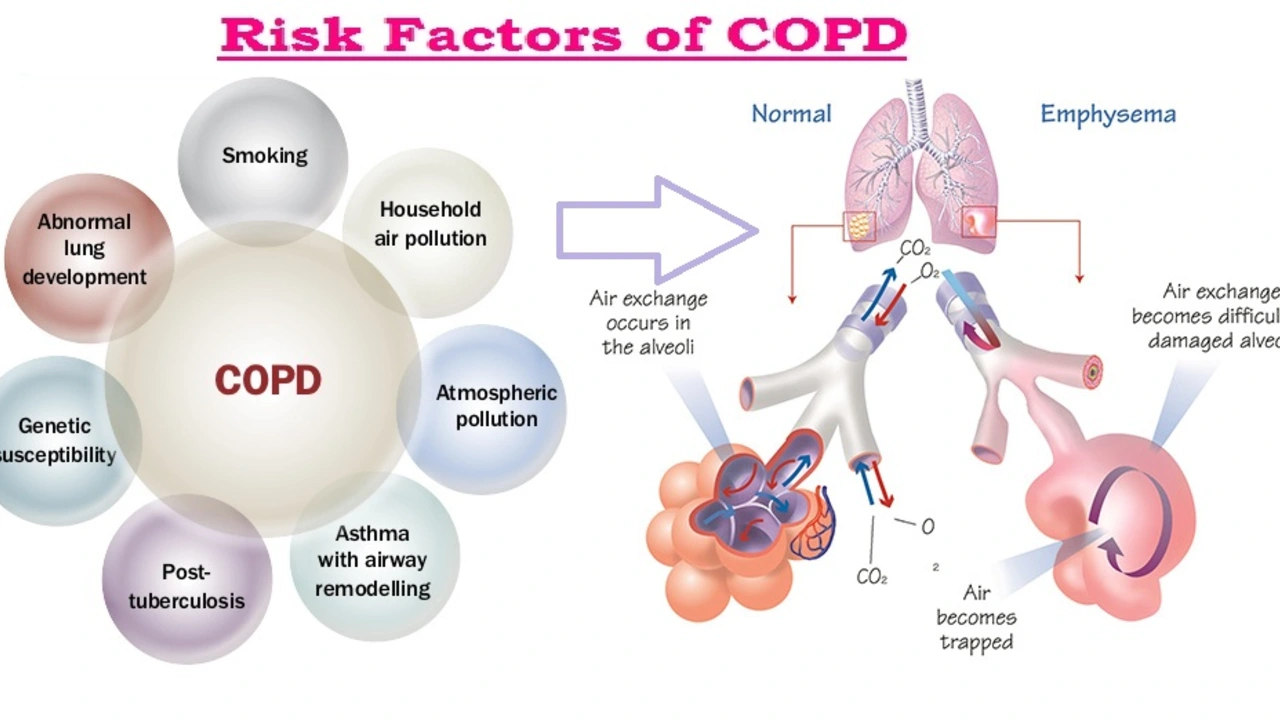Lincomycin: What it treats, what to watch for, and how to buy safely
Lincomycin is an older antibiotic that doctors still use for certain gram-positive and anaerobic infections. It works by stopping bacteria from making essential proteins, which slows or stops their growth. You’ll most often see it when patients can’t use other drugs or when lab tests show it’s the best match for the bug causing the infection.
What lincomycin treats and how it’s given
Doctors prescribe lincomycin for skin and soft tissue infections, some bone infections, and specific anaerobic infections. It comes in IV form for hospital use and as an oral capsule for outpatients. Treatment choice depends on the infection site, how sick you are, and whether the lab shows the bacteria are sensitive to lincomycin. If your doctor suggests it, they usually base that on culture results or when first-line options aren’t suitable.
Side effects, interactions, and safety pointers
Common side effects include stomach upset, diarrhea, and rash. One serious issue to watch for is Clostridioides difficile (C. diff) infection — lincomycin, like clindamycin, can disturb gut bacteria and allow C. diff to grow. Call your clinician if you have severe diarrhea, especially with fever or blood in the stool. Allergic reactions are possible too — swelling, hives, or trouble breathing need immediate care.
Lincomycin can interact with other drugs and conditions. Tell your provider about blood thinners, muscle-relaxing drugs, and any existing liver problems. Lab monitoring may be needed during longer courses. Also, antibiotics can reduce the effectiveness of hormonal contraceptives in rare cases, so discuss backup methods if needed.
Resistance matters. Some bacteria no longer respond to lincomycin, so doctors often rely on culture and sensitivity tests before choosing it. If symptoms don’t improve in a couple of days, go back to your prescriber — they may switch antibiotics based on results.
Thinking of buying lincomycin online? Prescription antibiotics should only come from reputable pharmacies with a valid prescription. Avoid sites that sell prescription meds without asking for one or that offer unbelievable discounts without verification. Check for a real physical address, clear contact details, and pharmacy licenses. Our site has practical posts that help you spot shady online pharmacies — see guides like “Online Pharmacy buy-as.net: Safe Medication Shopping Guide in 2025” and “Where to Safely Buy Nitrofurantoin Online.”
Final quick tips: always follow the full course your doctor prescribes, don’t share antibiotics with others, and keep a list of all medicines you take. If you get new symptoms while on lincomycin, contact your healthcare provider quickly. Want more on alternatives or buying safely online? Browse related articles on our site for clear, practical information.

Hello there. Today, we'll be discussing the use of Lincomycin in managing Chronic Obstructive Pulmonary Disease (COPD). It's a fascinating subject as this antibiotic brings new perspectives in managing this lung condition. We'll cover how this medication works, what the recent studies are saying, and how it could be a game-changer in COPD management. This is critical information for COPD patients and healthcare providers alike. I hope you find this useful and insightful!






